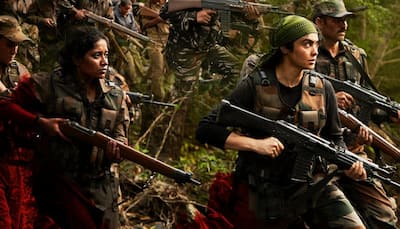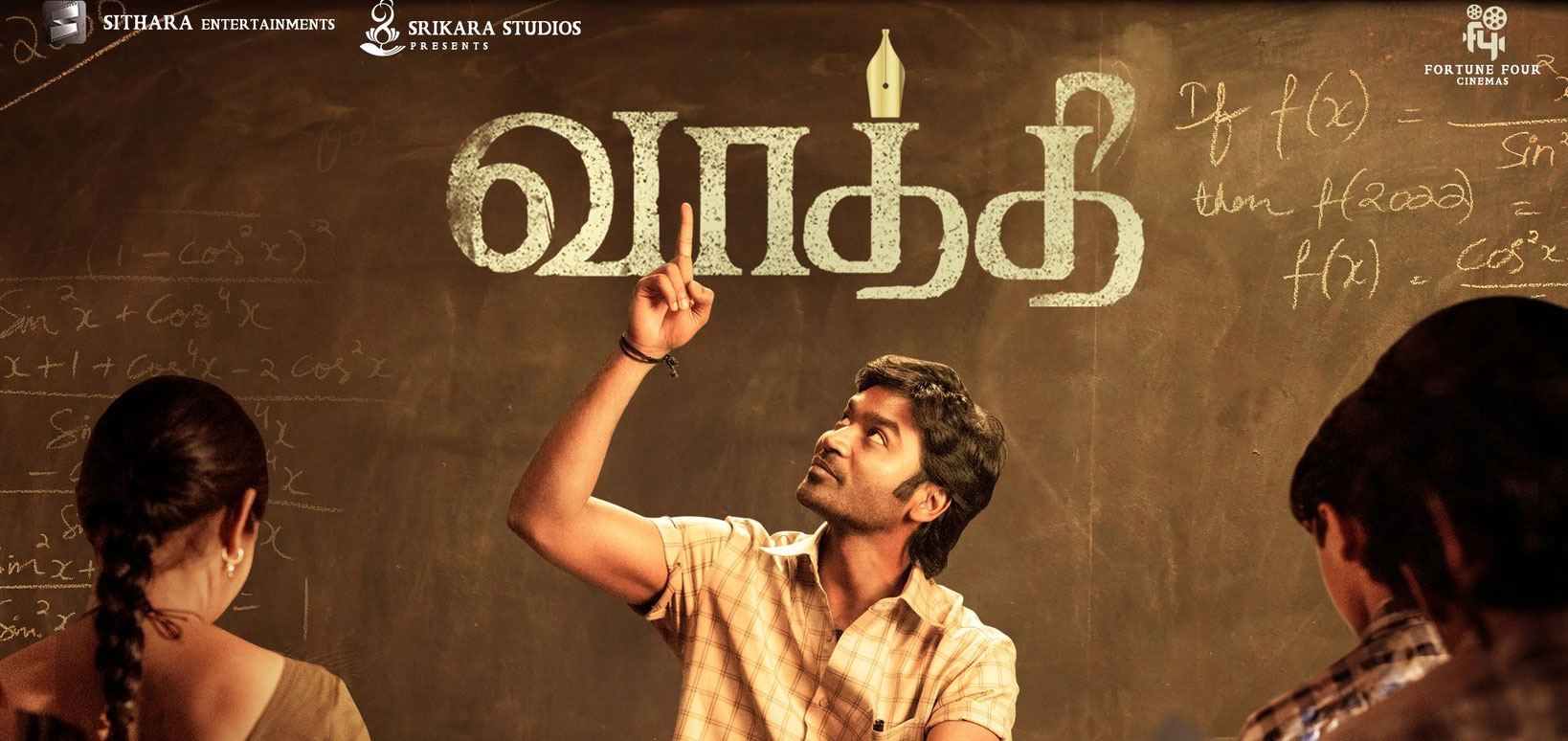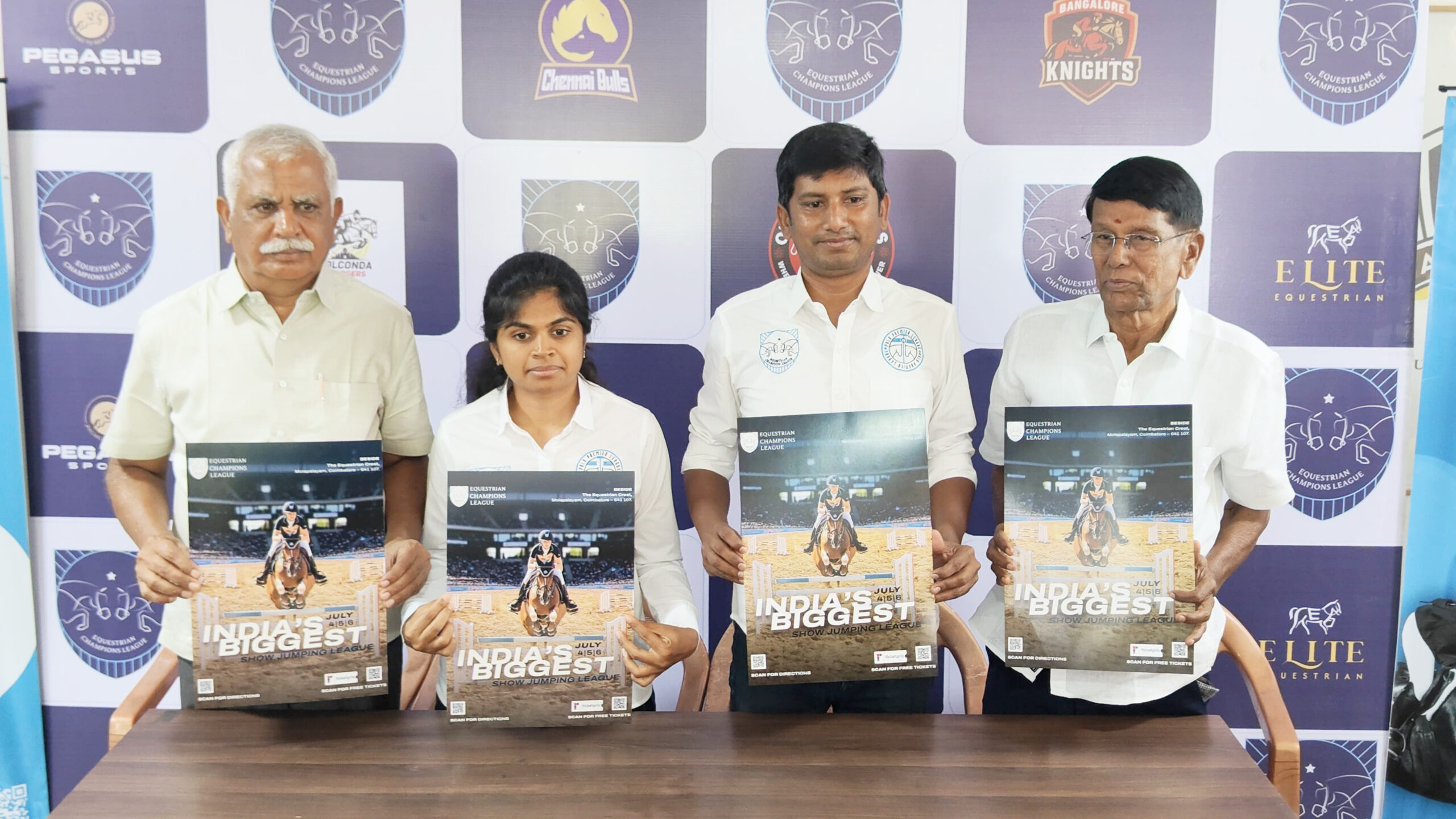Trending Now
- “If Edappadi Palaniswami permits, a thousand young members from the Virudhunagar district AIADMK are prepared to take up arms and engage in battle under my command.” – Former AIADMK Minister Rajendra Balaji
- “India is ready to deal with any counter-attack by Pakistan” – Wing Commander Vyomika Singh
- Central govt orders extension of CBI Director Praveen Sood’s tenure for another year
Entertainment
Sonchiriya movie review: More a display of wonderful cinematography
![]() March 1, 2019
March 1, 2019
Sonchiriya movie cast: Manoj Bajpayee, Ranvir Shorey, Sushant Singh Rajput, Ashutosh Rana, Bhumi Pednekar
Sonchiriya movie director: Abhishek Chaubey
Sonchiriya movie rating: Two stars
When Bandit Queen came out in 1996, it turned all the elements of the Bollywood ‘daaku’ movie on its head. Director Shekhar Kapur’s bandits did not sport dramatic black kurtas and crimson ’tilaks’. They did not spout florid dialogue, sprinkled with lots of Urdu. These ‘dacaits’ swore fluently, their curses had the crude flavor of the place. Their cruelty felt ingrained. Their clothes looked as if they had been cobbled together from what they had. They looked as if they had sprung from the cracked earth and brown ravines of the Chambal. They felt real even when we knew they were being realized for the film.
The only other film which matched up, and sometimes surpassed Shekhar Kapur’s classic, which foreground the remarkable tale of Phoolan Devi in a searing cauldron of caste and class, was Tigmanshu Dhulia’s 2010 Paan Singh Tomar. It was as real as movies can be.
In 2019, to ask us to watch a film on the dacoits of Chambal, is to hold out the promise of something new, while paying full attention to realism.
Abhishek Chaubey’s very scenic Sonchiriya, tramping along those nooks and crevices of the Chambal, expending hundreds of bullets and quarts of spraying blood, made familiar by countless ‘daaku’ films of the 70s and 80s, almost always feels like a retread.
Sonchiriya takes its looks very seriously. Its band of dacoits are clad in torn and worn khakee, the holsters in which they keep their guns look used, their socks and shoes look as if they have been on those feet for miles and miles. But the film never feels as real as it should: these are actors, some of them the most brilliant we have, play-acting, and doing a great job but play-acting all the same, at being ‘daakus’. Bajpayee always catches the eye, and there are a bunch of authentic faces playing bit parts, but the one recognisable man who feels as if he belongs to the terrain here is Ashutosh Rana, playing a Gujjar cop out for vengeance.
The mid-70s, during the Emergency (we know this because we hear Mrs Gandhi’s famous proclamation on radio in the background), was a time when dacoits were being enticed by the government to lay down arms and surrender, because the time for ‘dacaiti’ was over. We hear this conversation repeated in the movie: for a film which is meant to be full of action, these ‘daakus’ speak a lot. More dialoguing than speaking.
In some of the better parts of the film, we do see the wearying men (and a woman, a very famous bandit queen who is inexplicably never addressed by the name we all knew her by) wanting to leave behind the life-spent-hiding-in-the-ravines, and the relentless circle of death and destruction. Sushant Singh Rajput’s handsome Lakhna, who is left standing till the end, is meant to exemplify this journey. The words are there, the feeling of bleakness isn’t.
The search for the golden bird, the elusive ‘sonchiriya’, which should have layered the film gets lost because it’s almost all on the surface: except for a few moments, the weariness and the exhaustion of the ‘daakus’, as well as the ‘honour’ among these men (no attacking women and children, no harming innocents, only looting the rich and their ill-begotten wealth) never feels internalized enough.
A thread, involving a local woman (Pednekar) and a little girl, both on the run, is a crucial part of the film: these characters being treated as property and brutalized at will, with an honourable ‘daaku’ stepping in to speak for them, leads to a line which still feels like a slap on the face: ‘aurat ki jaat alag hot hai’. Or words to that effect. Yes, there will always be conflict between Thakurs and the lower-castes, but women, they are their own caste.
You wish the entire film had the same power. But Sonchiriya is more a display of wonderful cinematography through which the aridness of the Chambal is lensed, and a series of kinetic hold-your-breath-till-they-end set-pieces (which includes Chaubey’s fondness for Mexican stand-offs), than an exploration of despairing people on the edge of the wedge.
























